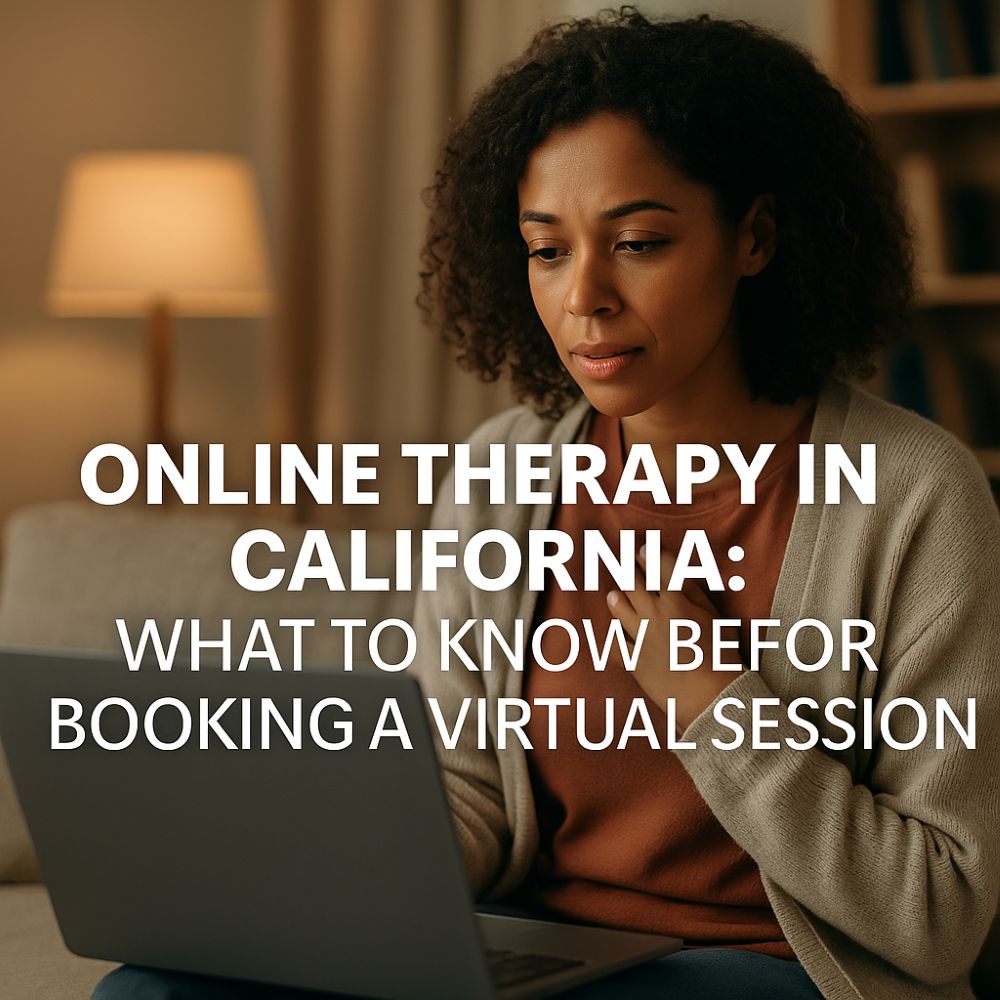Effective communication is the bedrock of a strong family. It creates a foundation where each member feels valued, heard, and connected. In our fast-paced lives, taking the time to foster open dialogue can transform relationships, making every interaction more meaningful. Whether it’s through heartfelt conversations at dinner or addressing conflicts with empathy, the strategies we employ can significantly enhance our family bonds. Here are five practical tips to help you cultivate a culture of open communication within your family, ensuring everyone feels supported and understood.
1. Create a Safe Space for Conversations
Open communication starts with creating an environment where family members feel safe to express their thoughts and feelings. To accomplish this goal, you want to be curious and invite family members into the conversation. In this posture, your intent is to understand and learn more about the other person’s perspective, thoughts, and feelings without any preconceived notions.
It means asking questions that are open-ended demonstrating you have a genuine interest in their experience. In other words, you want to learn something new about them. As an example, “I’m really interested in hearing more about how you felt during during breakfast. Can you tell me more about it?”
Take note: If you are not careful, an inviting question might come across as judgemental.
The key to fostering strong family relationships is to ask questions that invite others into the conversation. This is important because the way we invite others will either encourage sharing or create barriers. When we invite them with questions, know the difference between two types of questions:
- Curiosity-based questions
- Judgment-based questions
“My 22 years in family therapy have shown how crucial it is to distinguish between these questions. One is key to creating a space where family members feel safe to relax and share their true thoughts and feelings. The other, not so much.”
Curiosity-based Questions
Curiosity is key to fostering open communication in your family. It means approaching conversations with a genuine desire to understand the other person’s perspective without making assumptions about why something happened. This involves taking a ‘not knowing’ stance—recognizing that you don’t have all the answers and that their experiences and feelings are just as valid as yours.
In this posture, you avoid jumping to conclusions or letting emotions cloud your responses. Instead, you understand the situation from their point of view. Your emotional neutrality creates a supportive atmosphere where family members feel valued and truly heard.
For example, if your teenager comes home upset after a disagreement with a friend, instead of assuming you know the problem or rushing to fix it, you might say, ‘It sounds like you’re really upset. Can you tell me more about what happened?’
Curiosity-based questions keep you emotionally neutral, allowing others to express themselves without feeling judged. They show that your goal is to understand and connect, not to evaluate or criticize. Curiosity-based questions invite genuine thoughts and feelings, creating a space where family members feel safe enough to be vulnerable and share.”
Judgment-based Questions
In contrast, one of the quickest barriers to fostering strong family relationships is being judgmental. In this posture, we approach conversations with a critical, biased, or evaluative mindset. This can lead to questions that feel accusatory or loaded with assumptions, making the other person feel cautious, uncomfortable, or defensive.
Using the same example, imagine how a teenager might feel if asked, “Why did you react like that way with your friend? Don’t you think it was a bit over the top?”
With Judgment-based questions, the goal is to find fault or express disapproval rather than to understand others or learn from them. When questions are closed-ended like this, they suggest a specific answer, often reflecting the speaker’s hidden agenda, bias or desired response. As a result, judgment-based questions typically activate the survival centers in our brain, signaling that it’s not emotionally safe to share our view on the matter. As a result, these questions tend to shut down open communication. Even more, they can lead to resentment or withdrawal over time.
Check Your Intentions:
To create a safe space for conversations try this: Before asking a question, consider why you are asking it. Are you genuinely interested in understanding the other person’s perspective? Or, are you trying to criticize and change their behavior?
In short, curiosity-based questions involve a genuine, open-minded approach to understanding, whereas judgment-based questions use a critical, evaluative approach that can inhibit honest sharing and create a defensive atmosphere.
2. Practice Active Listening
During family meetings, it’s important to actively listen, show empathy, and validate each other’s emotions. This type of discussion encourages everyone to share their views to ensure that each opinion or concern is heard.
In this posture, you might ask open-ended questions like, “How do you feel about our current family routines?”
Active listening is vital because it promotes deeper conversations and shows that everyone’s perspective is valued. In this posture, you “lean in” and fully concentrate on the speaker, understanding their message and responding thoughtfully.
While doing this in family settings, turn off distractions like the TV or phones during discussions. Use nonverbal cues like nodding and eye contact to show engagement. Reflect back on what you’ve heard with phrases like, “So what you’re saying is…” Doing so not only clarifies communication but also makes the speaker feel valued.
As an example, let’s say your 5-year-old is upset because they didn’t get to pick the movie for family movie night. Instead of dismissing their feelings, you might kneel down to their level, make eye contact, and say, “I can see you’re upset that we didn’t watch your movie tonight. Can you tell me which one you wanted to watch?”
By actively listening and validating their emotions, you’re showing kids that their feelings matter, even in the small moments.
During the question, nonverbal cues, like nodding and maintaining eye contact, are used to show engagement. After they respond, it’s time to reflect on what you’ve heard and share your understanding with phrases like, “So what you’re saying is… If I heard you accurately…” Doing so ensures that the message they state is actually the message you heard. It not only clarifies communication but also makes the speaker feel important and valued.
Active listening across all family interactions, including with young children, fosters a solid sense of being heard and understood.
3. Set Aside Regular Family Time
Regular family time fosters open communication. This can be a weekly family meeting or a daily meal together where everyone can discuss their day and any concerns. These check-ins create a routine, making it easier for family members to open up. Use this time to discuss not just logistics, but also personal thoughts and feelings. For example, ask, “What’s something that made you happy this week?” to encourage sharing.
4. Encourage Emotional Expression
Encourage family members to express their emotions to build trust and understanding. Be open about your own feelings and model emotional expression for your children. Use “I” statements, like “I feel stressed when the house is messy,” instead of “You never clean up.” This reduces defensiveness and focuses on the emotion rather than placing blame. Teach children that it’s okay to have and express a range of emotions. For instance, validate their feelings by saying, “It’s okay to feel sad about losing your game. Let’s talk about it.”
5. Solve Problems Together
Problem-solving as a family strengthens communication and collaboration. When issues arise, involve everyone in finding solutions. This helps resolve the problem and teaches valuable conflict-resolution skills. For example, if there’s a recurring conflict about household chores, sit down together to discuss each person’s responsibilities and come up with a fair plan. Encourage brainstorming and let everyone suggest solutions. This collaborative approach shows that you value each person’s input and are committed to working together as a team.
Building a Foundation of Trust and Understanding
Fostering open communication in your family requires intentional effort. By creating a safe space for conversations, practicing active listening, setting aside regular family time, encouraging emotional expression, and solving problems together, you can build a foundation of trust and understanding. This not only improves relationships within the family but also equips everyone with essential communication skills for life. The goal is to make every family member feel heard, valued, and connected.
This approach aligns with emotionally focused therapy, promoting a secure and lasting bond. If communication issues hold you back, consider seeking professional guidance to discover a clear path to intimacy.
Strengthen Your Family Bonds Today
If you’re seeking a more connected and understanding family dynamic, we’re here to help. Schedule a free clarity call today and explore how emotionally focused therapy can guide you towards a more supportive and loving family environment. Don’t wait—take this compassionate step towards enhancing your family’s communication and fostering deeper bonds. Click the link to book your free session, and let’s embark on this journey together.
Commonly Asked Questions About Fostering Open Family Communication
How can I encourage my family to open up more during conversations?
Creating a safe, judgment-free environment is key. Actively listen, validate emotions, and use open-ended questions to encourage deeper sharing. Regular family meetings or meals can also help establish a routine of open dialogue.
What are some practical ways to practice active listening with my family?
Active listening involves giving your full attention to the speaker, using nonverbal cues like nodding, and reflecting back what you’ve heard. Minimize distractions by turning off the TV or putting away phones during conversations to show you are fully engaged.
How can emotionally focused therapy benefit my family’s communication?
Emotionally focused therapy (EFT) helps families recognize and respond to each other’s emotional needs, fostering a deeper connection and understanding. It provides tools to create a supportive and empathetic environment, enhancing overall communication and relationships.







